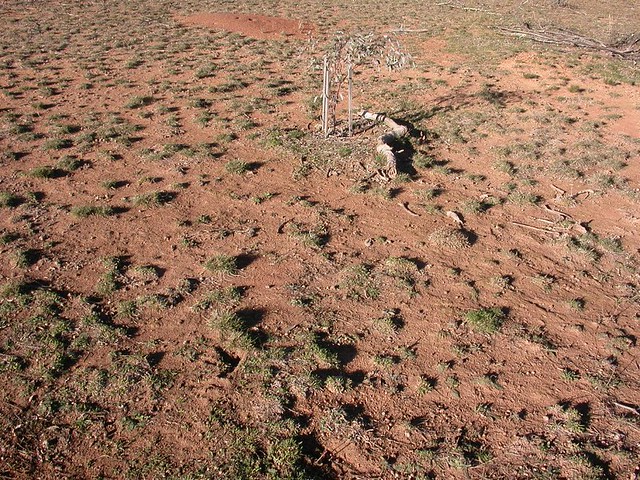FoMM wrote to the three major parties – the Australian Labor Party, the Greens and the Canberra Liberals – about Issues concerning Mt Majura Nature Reserve and Canberra Nature Park; click on pdf file ACT Election 2012. Find below the response from Katy Gallagher on behalf of the Labor Party and Indra Esguerra on behalf of the Greens (the Liberals have not responded).
Election Issues Response Labor_Katy Gallagher 18.10.2012
Election Issues Response Greens_Indra Esguerra 15.10.2012
Canberra residents are privileged to live in a city with bush on their doorstep. The green assets provide many services to the community and caring for them contributes toward the protection of Australia’s unique natural environment.
Friends of Mt Majura (FoMM) expect the incoming ACT Government to improve the management of Mount Majura and other reserves of Canberra Nature Park (CNP) as recommended by the Commissioner for Sustainability and the Environment in the 2011 Canberra Nature Park report.
We request that the Government adopts actions on a number of issues.
1. Management of Environmental Woody Weeds.
Woody weeds are threatening the integrity of the nature reserves and the costs of control are high. A number of actions are already in place such as the Environmental Weeds brochure, the biannual Weed Swap and a positive list of species suitable for planting close to conservation sensitive areas in new Molonglo suburbs. The actions are not sufficient for the prevention of new infestations and for the management of existing weeds. We request that the ACT Government adopts additional actions:
- Prevention is better than cure. Government develops and maintains a negative list of species to be avoided in new developments that abut nature reserves. The list should contain all known environmental weeds of the ACT and will be reviewed on a regular basis. The exclusion of listed species in new developments, public space landscaping and gardens is mandatory.
- Lead by example. Government develops and implements a plan to remove environmental weeds from public spaces including streetscapes in areas close to nature reserves. This action may affect older suburbs only and can be carried out in stages.
- Cooperate with residents. Government develops and implements a plan to help remove environmental weeds from residencies abutting nature reserves. This may affect older suburbs only. The Plan may include the following steps: targeted dissemination of information, offering expert advice (similar to energy / water) on identification, how to remove and what to plant instead, and phasing in mandatory removal of the worst environmental weeds.
- Control severe infestation in high conservation sites. Government provides resources to address severe woody weed infestation in critically endangered grassy woodland. Woody weed invasion of Mt Ainslie grassy woodland approaches a critical threshold; the control is beyond the capacity of volunteers.
- Government adopts a zero tolerance approach with regard to garden extensions into nature reserves.
2. Management of Overgrazing.
Overgrazing has a devastating impact on grassy ecosystems causing further loss of biodiversity, irreversible loss of top soil due to erosion and weed infestation. The effect of grazing pressure is well documented. It is impossible to manage the natural environment of CNP without managing grazing pressure.
- Government provides adequate resources to manage Eastern Gray Kangaroo populations in grassy ecosystems of CNP, including critically endangered grassy woodlands of the Mt Majura and Mt Ainslie nature reserves.
- Government continues to provide resources for ongoing integrated rabbit management.
3. Implementation of Operational Work Plans for CNP.
The Commissioner for Sustainability and the Environment (CSE) 2011 Canberra Nature Park report recommends Operational Plans for the reserves. Operational Plans are important to assist Parks and Conservation Service, who have a high staff rotation, and parkCare to carry out conservation work in a cooperative and systematic way.
- Government provides resources to develop and implement Operational Plans as recommended by the CSE.
4. Review of Dogs in CNP Policy and Regulations.
We estimate over 60% of dogs are walked off leash in the Mount Majura reserve; in the part of the reserve that abuts the new residential development The Fair all dogs are off leash. There is a severe shortage of resources to implement dog management in reserves where they are allowed on leash only.
- Government reviews Dogs in CNP policy and regulations
- Government provides the resources to manage dogs in reserves and to enforce regulations.
5. Return Part of Majura Paddocks into Nature Park.
In 2002 part of the Mt Majura nature reserve was placed into special purpose reserve, horse grazing (Variation Territory Plan No 182, Mt Majura). The area, partly located on steep terrain, contains a large number of trees that provide breeding habitat for declining Gang-gang Cockatoos and other wildlife, and lacks suitable pasture for grazing (view this photograph). Following intense lobbying by the community the Conservator for Flora and Fauna informed FoMM in August 2008 that the parcel of land will be returned into nature reserve (Letter from the Conservator, dated 01.08.08). To this date Government has not acted on this promise.
- Government returns the southeast part of Majura horse holding paddock into nature reserve to protect its conservation values in perpetuity.
6. Strengthen Support of Community Engagement in Nature Conservation.
The Draft ACT Nature Conservation Strategy 2012-22 proposes to strengthen community engagement in nature conservation (Strategy 5 of five strategies). The current support of community volunteering in nature conservation is insufficient leading to frustration and attrition across the government and community sectors that are involved in natural resource management.
- Government adequately resources support of community engagement in nature conservation in partnership with Government agencies;
- Government funds a second ACT Parkcare / Landcare coordinator position with an emphasis on field function to assist volunteers with activities such as weed identification and control, biodiversity management and rehabilitation measures.
Waltraud Pix
FoMM coordinator
11 October 2012



